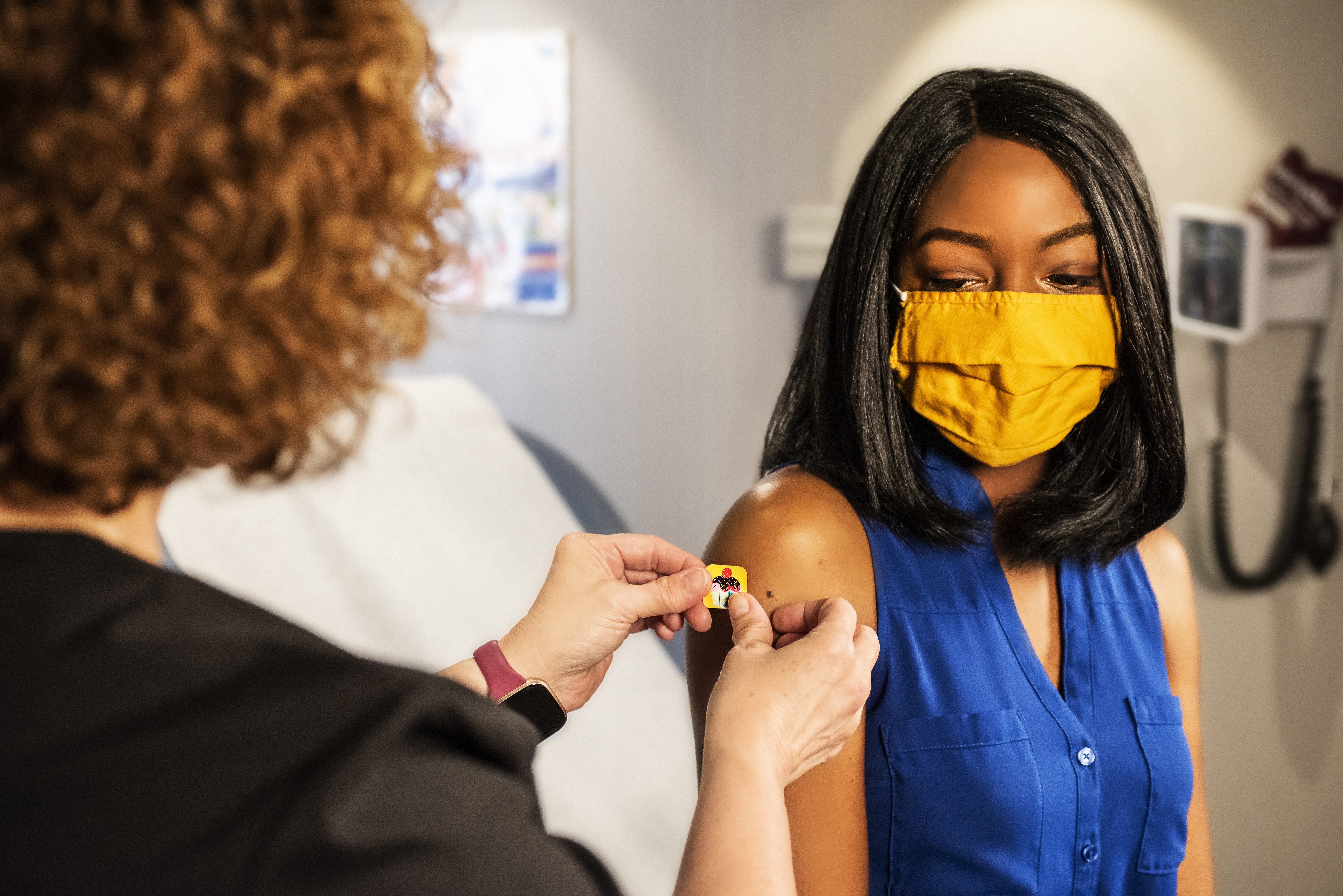Objective:
This report draws out the important findings from version 3 of COVID-19 Pandemic Tradeoffs modelling, complemented by the interactive web-tool available online at pandemictradeoffs.com. In this report, we focus on the year after we ‘open-up’, once the initial vaccine rollout is considered ‘finished enough’, and we pivot to trying to live with the virus in a tolerable equilibrium.
We employ an agent-based model to simulate virus transmission, and assess how it varies with factors we cannot control, such as the true reproductive rate (R0) of the virus, and factors we can at least partially control, such our public-health response.
Findings:
A commonly held view is that we can ‘open up’ at 80% vaccination coverage of adults, in a scenario we call the Default Scenario. In our modelling this is a loose suppression policy designed to limit hospitalisations to a level that our health care system can handle. We expect travel to increase to the point that, on average, after screening, one vaccinated but infected person unwittingly crossing our borders undetected per day. The health loss of this scenario is arguably tolerable, at about 4000 hospitalisations over the year (range 2300 to 7300) in a state the size of Victoria. But – in our COVID-19 Pandemic Tradeoffs modelling at least – this default scenario requires us to spend more than half the year in lockdown. We have to do better than this.
In an Upgraded Scenario that extends 80% vaccination coverage to include children (5+ year olds), and keeps moderate public health and social restrictions in place even when case numbers are low (e.g. some density limits in hospitality), hospitalisations fall to a range between 130-1800 over the year, and 36 to 490 deaths.
But the flipside of this contained health loss is the social cost to keep the pandemic under control. Even for the Upgraded Scenario we might expect 14% of time is expected in some form of lockdown, with a wide uncertainty range of 0% to 50% of the year in lockdown.
These scenarios only show us we can achieve in 2022 without stretching ourselves too much. In fact, we can do better:
- Increase vaccine coverage to 90%: Achieving 90% vaccination coverage of both children and adults will slash the hospitalisation and death rates by about 80%, and we will most likely have no time in lockdown at all (so long as we keep moderate public health and social measures in place at all times).
- Reducing overseas/interstate infected incursions: Reducing the expected number of vaccinated but infected arrivals that get into our community undetected from 1 per day to 1 every five days (equivalent to the current risk from 200 vaccinated quarantine-free arrivals per day from the UK in a State the size of Victoria) achieves the same reductions in health loss and time in lockdown as 90% vaccination.


